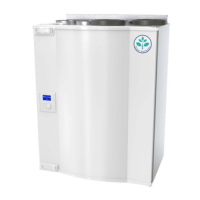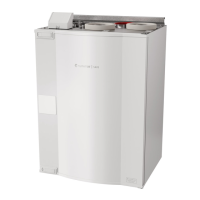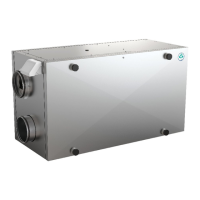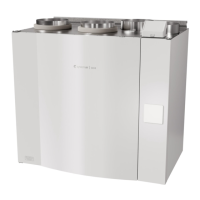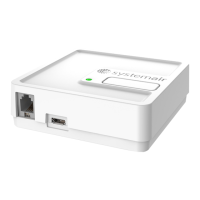8
| Electrical connections
Note:
Remove caps from the drainage holes inside the unit.
Assure that the unit is completely vertical once mounted on the wall. The unit must not be tipping forward in
order for the condensation drainage to function.
6.1 Ventilation Duct Connection and Insulation
Important
• Always cover the ventilation ducts during construction period.
• Make sure there are no loose objects or impurities inside the ducts.
Install the ducts, supply air diffusers and air intake grilles as shown in the ventilation drawing.
• Supply air and extract air ducts must be insulated if located in cold places.
• Outdoor air and exhaust air ducts with cold air must be insulated if located in warm places (inside building’s vapour
barrier).
It is very important to insulate cold ducts and joints tightly without any gaps, otherwise there is a risk of condensation
which may result in moisture damage.
Do not install the ducts directly against structural building elements to avoid sound propagation. Use acoustic insulation
and sound attenuators.
Note:
The type of ventilation ducts and insulation differ for each building and climate zone. If the ventilation
drawing is not provided, please contact your installer or place of purchase for recommendations.
6.2 Installation and Configuration of Accessories
Please follow instructions included with the accessory or consult “Service and Accessories Installation” manual which
can be found in our online catalogue.
7 Electrical connections
7.1 Main circuit board layout
The SAVE VTC 300 is equipped with built-in regulation and internal wiring.
333569 | v1.1
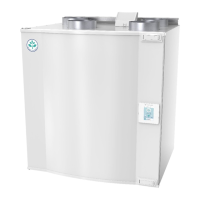
